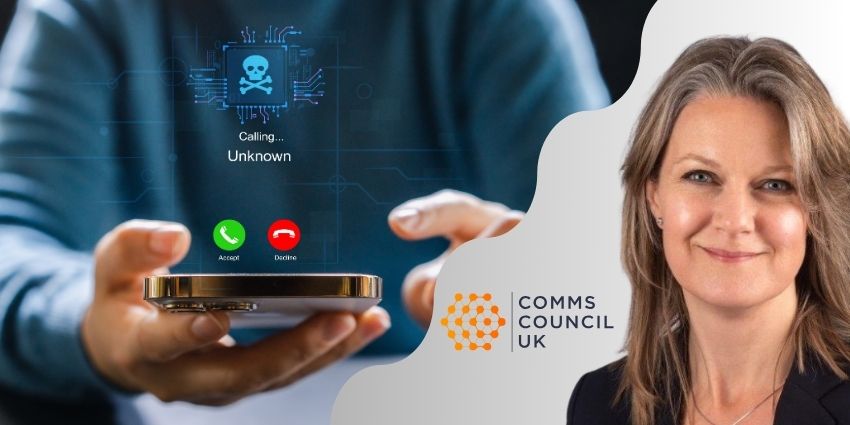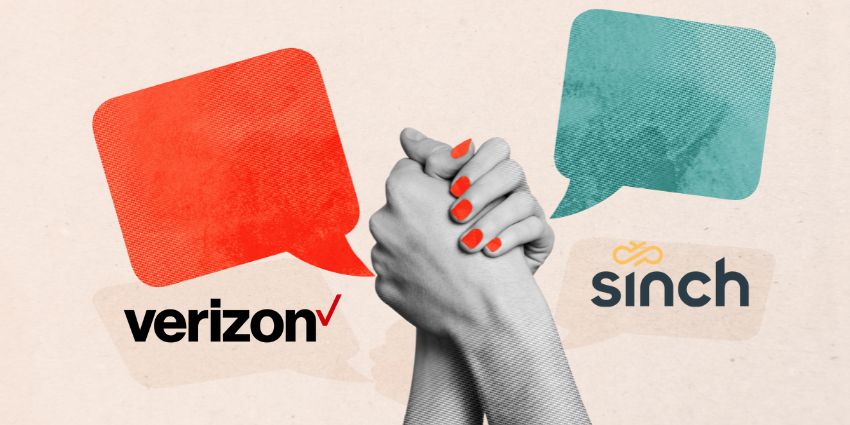Millions of developers around the globe depend on Twilio to enable advanced communications functionalities for enterprises. This has plenty of implications, customer service, and user experience, improving both with omni-channel experiences and lending access to APIs that let companies do even more.
Today, these tools extend far beyond that of enterprises and have made a swift shift into the world of medicine to stop the further spread of the novel Coronavirus. The CPaaS leader recently announced that Twilio Programmable Video will power a new native telehealth offering by ‘Epic,’ one of the largest electronic health record companies in the United States.
Twilio and Epic’s embedded solution allows providers to launch video appointments with patients, review relevant patient information, as well as update clinical documents from within the platform. A spokesperson from Epic told UC Today, the company built the solution using Twilio APIs in response to the COVID-19 epidemic, continuing:
“Epic built and scaled its telehealth video client at unprecedented speed to meet provider and patient demand as healthcare systems not only struggled to curb the spread of the virus but continued to deliver necessary care through the COVID-19 pandemic”
Epic also said the company’s seen the demand for telehealth solutions surge in response to the COVID-19 crisis. “Virtual care has become a necessity for doctors, nurses, clinicians, and millions of patients around the world,” Epic said in a statement. Susan Collins, Global Head of Healthcare Services, Twilio, continued, stating:
“This was done to meet provider and patient demand as healthcare systems not only struggled to curb the spread of the virus but continued to deliver necessary care through the COVID-19 pandemic. That’s the power of digital engagement, software agility, and cloud-scale”
The system, which can be rapidly-deployed, I’m told, may provide much-needed assistance to healthcare organizations still trying to mitigate COVID-19 symptoms. Twilio told me, since the start of the virus, the company’s seen a ‘massive increase in use cases for how cloud communications can help on the front lines.’
Twilio has long focused on healthcare as a vertical, offering self-service options for automating FAQs, programmable messaging, and voice to send reminders for patient refills via automated calls, texts, etc. On the other side of Twilio’s healthcare focus, verification, and authorization. This means verifying patients, following up, billing, all using secure links.
All this is backed by some of the toughest security in the CPaaS industry, which is why so many developers trust Twilio to build out native solutions that house sensitive information. As more and more healthcare professionals flock to advanced and secure video conferencing systems, we have to wonder, why didn’t the expansion of medical practice over the internet happen a lot sooner?
Though we’ve always seen telehealth solutions on the market, today there’s been an explosion of free and reduced-price offerings hoping to fill a gap for under-resourced medical centers and keep those on the front lines safe. It just might result in more speedy diagnoses and treatments. Such capabilities might even boost the efficiency of care and reduce stress felt by patients across the planet.







